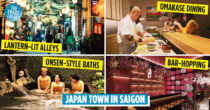Vietnamese people’s lives before and after social distancing
COVID-19 and its consequences have left an enormous impact on how Vietnamese live, work, and communicate. While social distancing measures have been lifted, many facilities still have to remain closed.
Staying connected and calm during social distancing is not easy, but Vietnamese found ways of adapting to movement restriction orders.
From working to learning to dining, here are some remarkable changes that became the new reality in the daily lives of many Vietnamese.
1. Empty streets
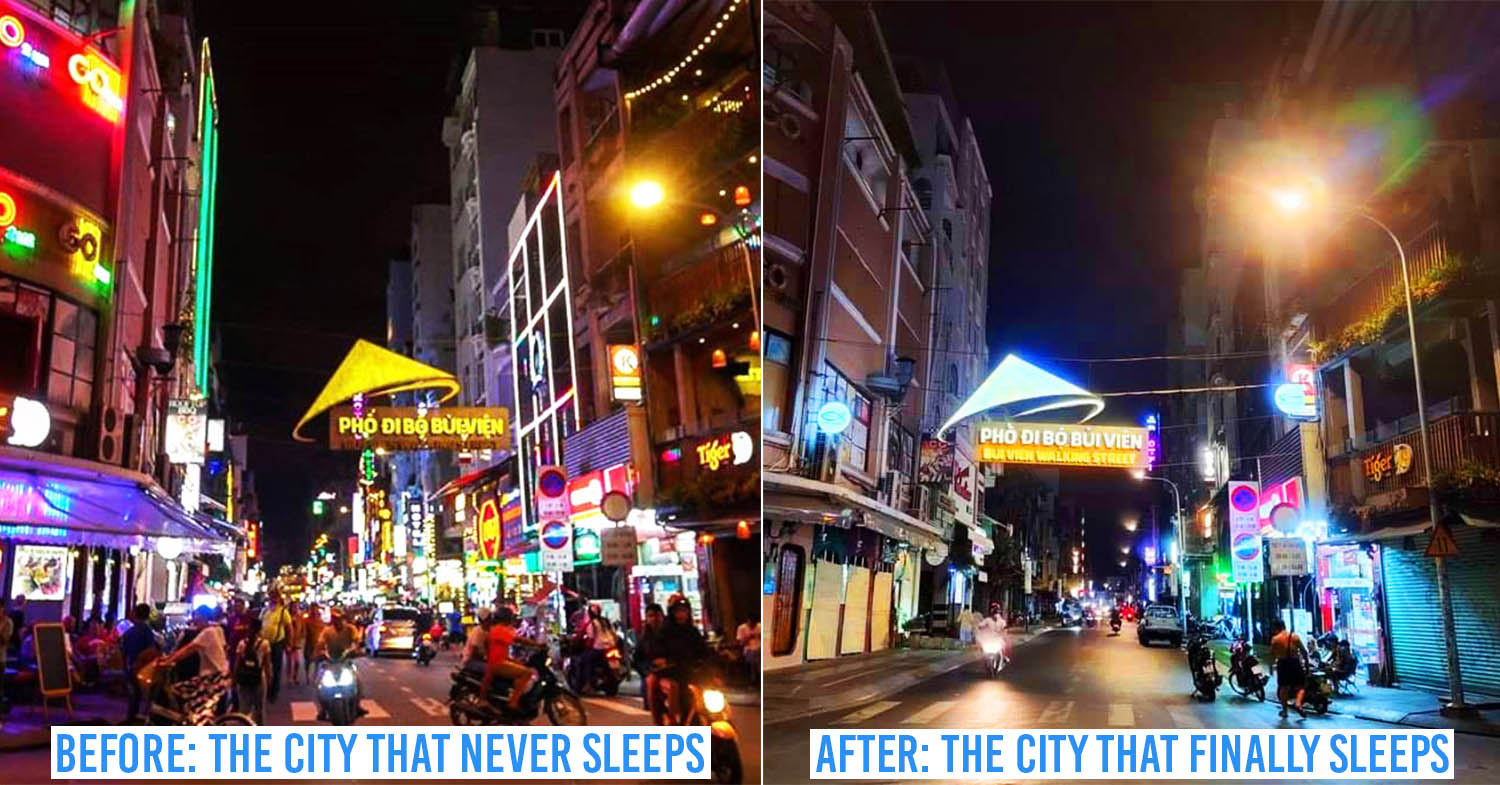
Image adapted from: @vitalykumov and Sài Gòn Trong Tôi
The impact of the coronavirus was most evident in the empty streets of what used to be the most frequented nightlife spots. Saigon, Vietnam’s biggest metropolis, is known as the city that never sleeps. From dusk till dawn, the city is always alive with all types of activities.
But when social distancing measures were in place, the streets of Saigon stood empty, with neon lights beckoning to nobody. The Bui Vien area, the city’s most popular nightlife destination for decades, was photographed looking eerily deserted.
As the outbreak has been mostly contained, we hope that the lives of Vietnamese can swiftly return to normal soon.
2. Cooking
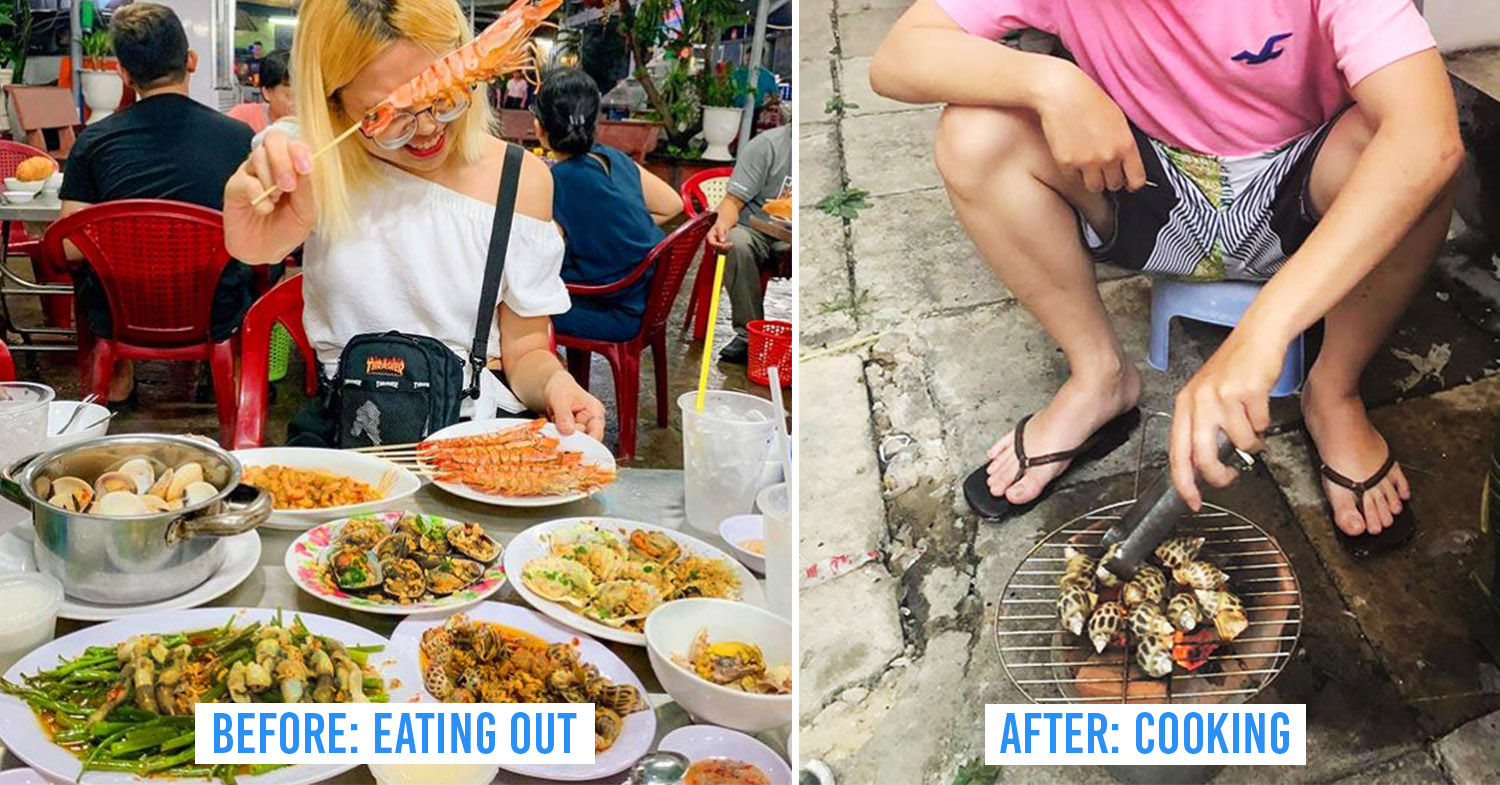
Image credit: virna_31186 and The Smart Local Vietnam
Because of social distancing measures, restaurants and cafes were closed, and people couldn’t dine out. As a result, we had no choice but to roll up our sleeves and start cooking.
Cooking every day can be burdensome, but there are many benefits to it. Not only is it cheaper than eating out, it also trains us to become less reliant on processed and prepared foods. On top of that, cooking for yourself means that you get to choose what goes into your food, and it can improve your nutrition and diet.
3. Working
 Image adapted from:: Savills Vietnam and The Smart Local Vietnam
Image adapted from:: Savills Vietnam and The Smart Local Vietnam
Working from home became the new normal for most Vietnamese.
Although it was a practical solution, many employees working remotely faced major challenges, including time management, communication among staff members, and multi-tasking for parents who must juggle work and family commitments.
4. Learning
 Image adapted from: NHÀ GIÁO VIỆT NAM and Vi Thu Thao
Image adapted from: NHÀ GIÁO VIỆT NAM and Vi Thu Thao
Following the closure of all schools due to COVID-19, teachers and students in Vietnam had to switch to online learning platforms.
For the past few months, teachers have been conducting live-streamed classes for their students a couple of times per week.
There were certain downsides to this, such as its complete reliance on internet connectivity and diminished student morale. Besides, there are students in the remote corners of Vietnam who are living below the poverty line and cannot afford to have computers, smartphones, and access to the internet.
Even though online learning is not as effective as classroom-based learning for everyone, this was the only solution for students to keep up with school while at home.
5. Worshipping
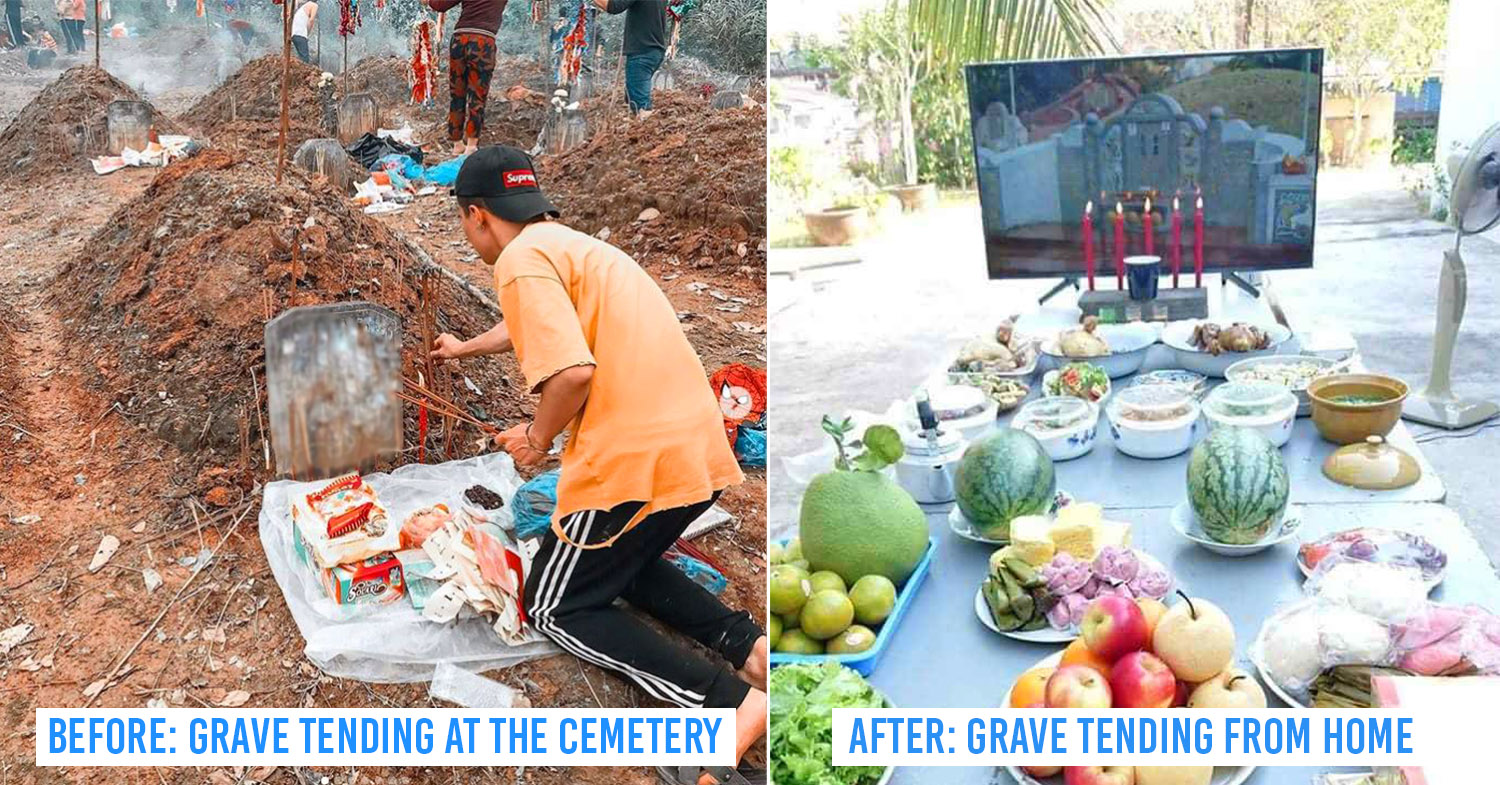
Image adapted from:: Trương Vĩnh Trung, @thuongdinh97
Tết Thanh Minh, also known as the Qingming Festival or Tomb-Sweeping Day, is a traditional festival observed by people from many countries in Asia, including China, Hong Kong, Taiwan, and Vietnam. The festival usually falls on the 15th day following the March equinox, which usually makes it 4, 5, or 6 April in any given year.
During Tết Thanh Minh, Vietnamese families visit the graves of their family members to clean the sites, burn joss papers, and offer food dishes.
Unfortunately this year, the festival took place during a period where social distancing measures were strictly enforced. Instead of visiting the cemetery, Vietnamese families had no choice but to make ritual offerings from home. Some went as far as showcasing the gravesite of their ancestors on a TV screen to add more authenticity to the experience.
6. Morning coffee
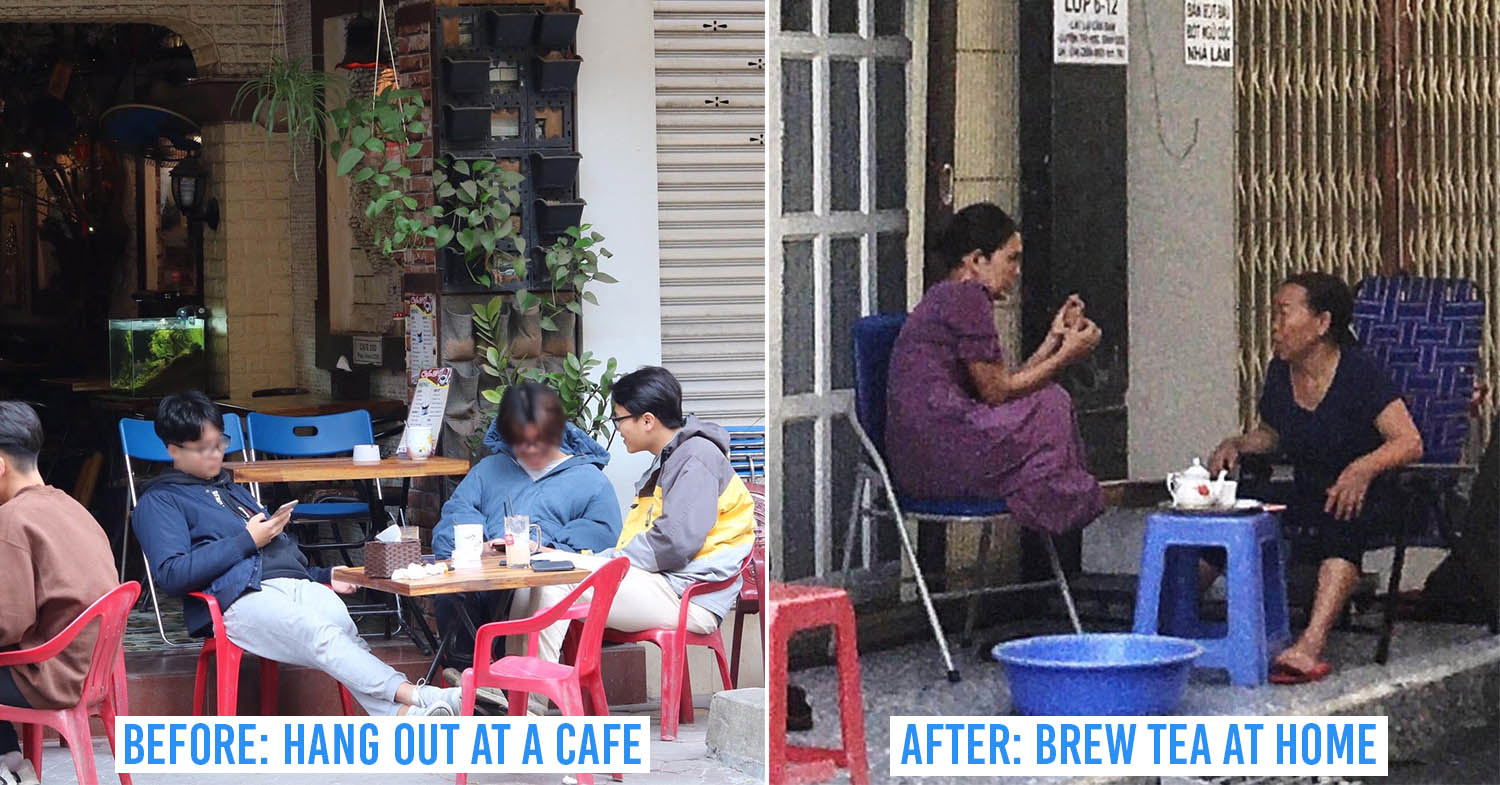 Image adapted from: The Smart Local Vietnam
Image adapted from: The Smart Local Vietnam
Vietnam has a robust coffee culture. Coffee is more than just a beverage here; it’s an integral part of daily life.
Vietnam’s coffee shops are always crowded with people from dusk till dawn. Its clientele ranges from office workers and students to housewives. Vietnamese love to enjoy coffee in a social setting where they can watch the world go by and soak in a cacophony of city sounds.
However, COVID-19 seemingly turned the clock back to about 20 years ago, when Vietnam was not laden with coffee shops as it is today. Back then, people often brewed their own tea or coffee and enjoyed it in their own courtyards as part of a daily morning routine before heading to work.
Unable to hit coffee shops, many Vietnamese went back to sipping coffee at home, just like the old days.
7. Children’s activities
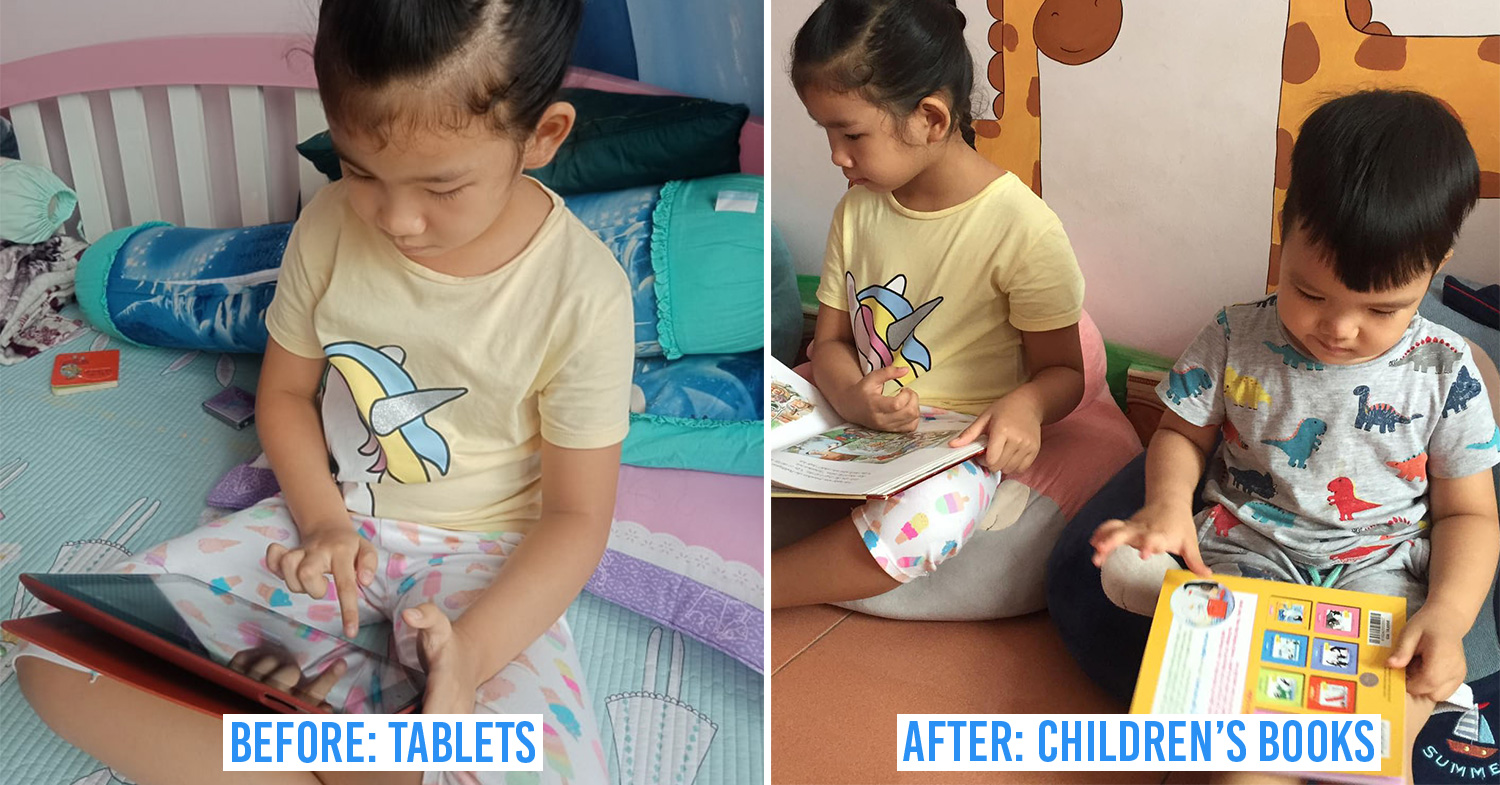 Image adapted from: Nguyễn Vân
Image adapted from: Nguyễn Vân
Parents today let their children use tablets or smartphones for entertainment and to enhance learning. These tools help to keep the kids busy and focused, allowing parents to do their own thing.
However, kids can easily get addicted to these items and too much screen time can take a toll on their brain development. Therefore, most parents should only let their child play with electronic gadgets for a short while when they are not busy with school work.
When schools closed down as part of the measures to contain the outbreak, parents feared that their children would spend too much time on electronic gadgets while at home. Therefore, many resorted to buying children’s books and educational toys to help their children play and learn at the same time.
From jigsaw puzzles that help improve memory to play kitchens that enhance imagination and self-reliance, toys can bring about many developmental benefits for children.
8. Recreation
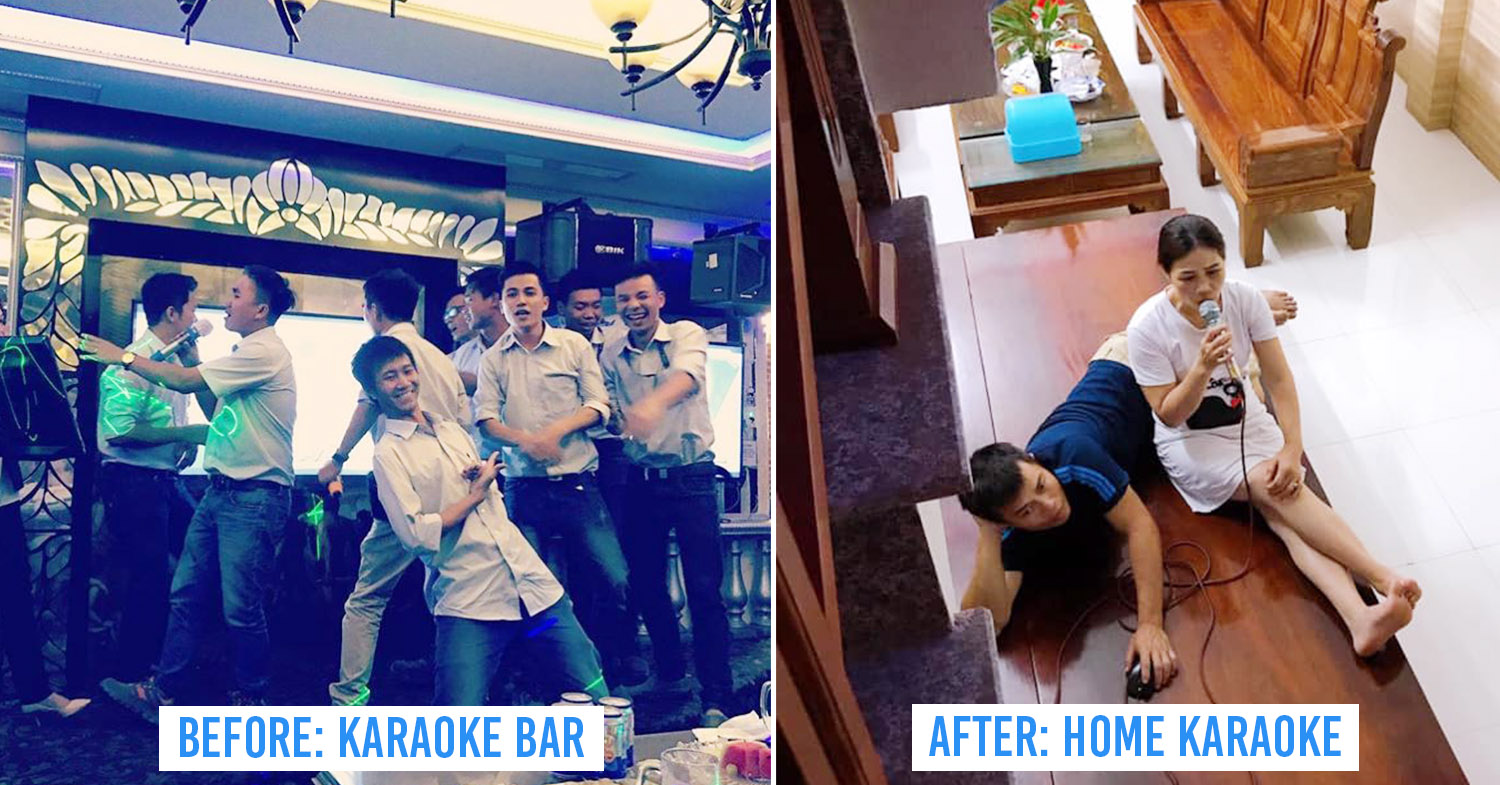 Image adapted from: @khuenguyend and Tổ Lái
Image adapted from: @khuenguyend and Tổ Lái
Karaoke is a way of life in Vietnam. The locals sing karaoke to relieve stress and relish in good moments. That’s why many households in Vietnam have karaoke equipment, such as a music player, microphones, a sound card, and speakers.
Most after-work gatherings and home parties will end with a karaoke session, where people sing and dance along with their friends to their favorite songs.
However, with entertainment venues closed down, home karaoke has become a popular recreational alternative for many. From dawn till dusk, you’ll hear people living nearby belting out their favorite tunes of all genres, from bolero to pop.
Many can find this annoying, but try to understand that this is one of the very few choices of entertainment people can access at home these days.
9. Working out
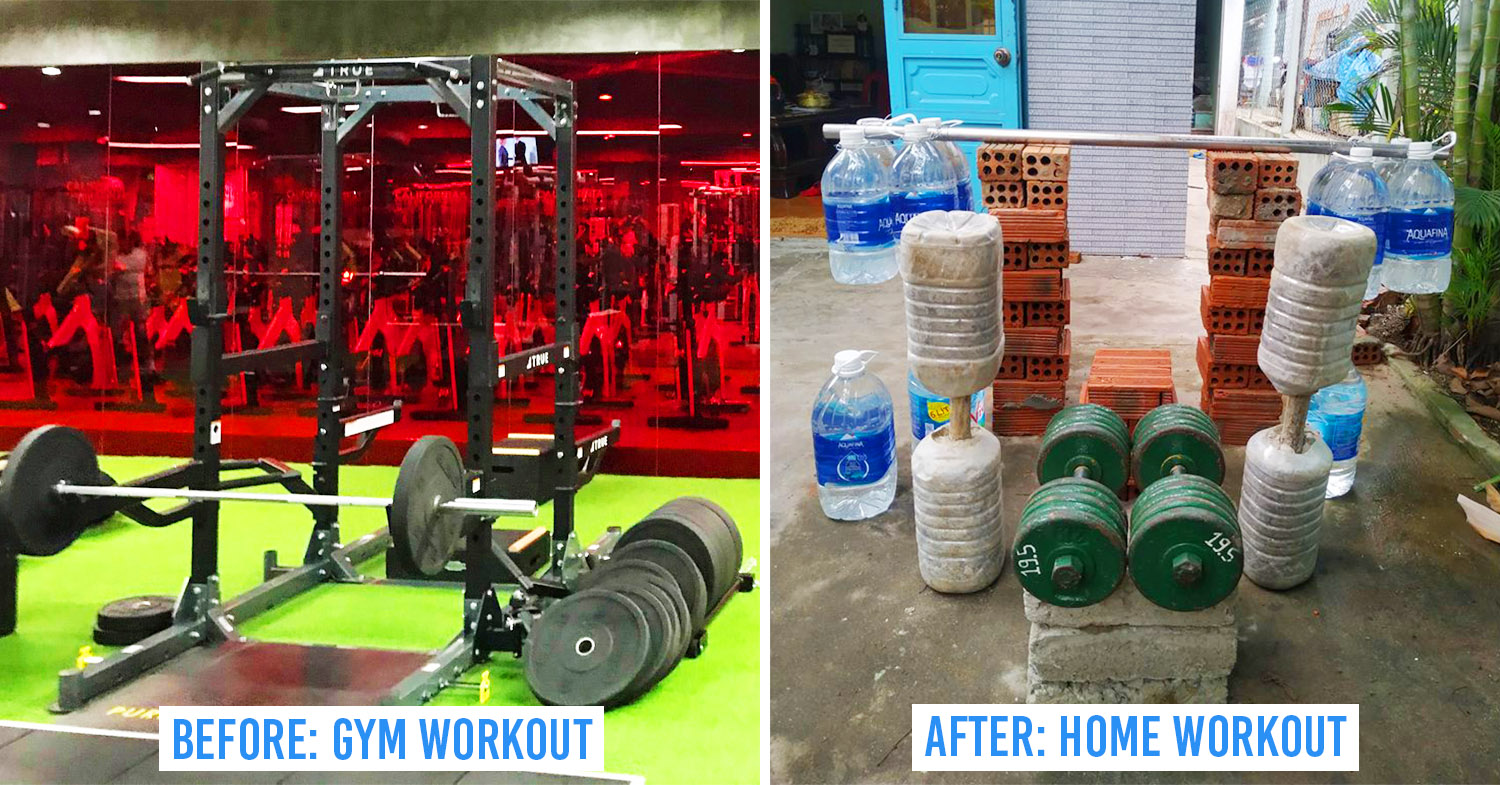 Image adapted from: California Fitness and Trần Hoàng
Image adapted from: California Fitness and Trần Hoàng
Due to social distancing measures, gyms are off-limits at the moment. Those who do cardio or yoga won’t have much difficulty adjusting their fitness regimes, as they don’t need a lot of gym equipment. However, heavy weight lifters do.
Not every gym-goer has a full set of equipment necessary for bodyweight exercises at home. To ward off any workout disruption and save money, many local gym aficionados have assembled their own equipment at home using common household objects.
Bricks, water-filled water bottles, and a pipe can come together to make basic exercise equipment.
10. Haircut
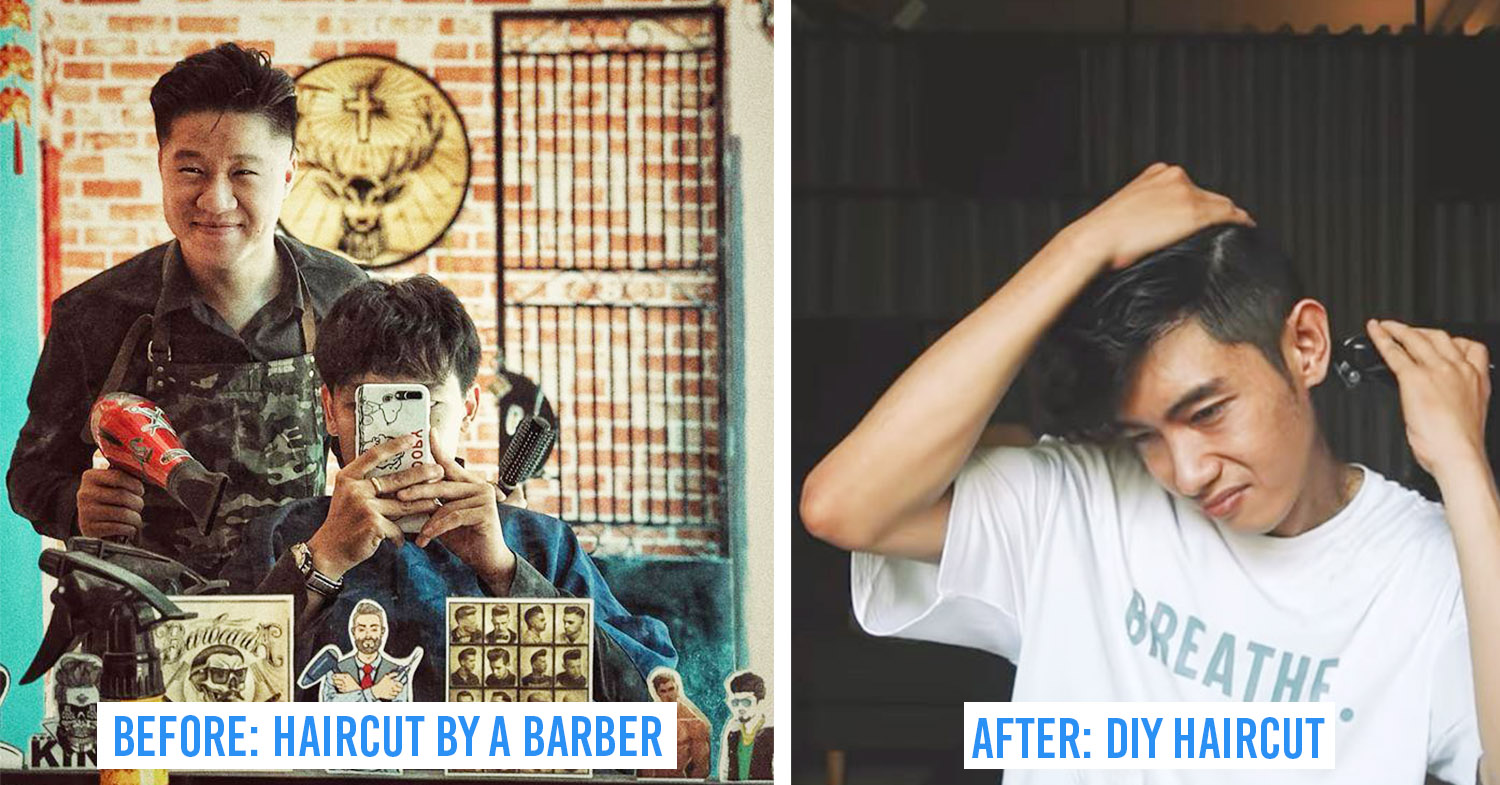 Image adapted from: SaiGon Barber Shop and Quang Đăng TỰ CẮT TÓC tại nhà mùa cách ly và cái kết…| #Stayhome Hair Cut Challenge #Withme
Image adapted from: SaiGon Barber Shop and Quang Đăng TỰ CẮT TÓC tại nhà mùa cách ly và cái kết…| #Stayhome Hair Cut Challenge #Withme
With all barber shops closed during the social distancing period, many of us have been longing for a proper haircut.
According to The American Academy of Dermatology, hair grows at a rate of 0.5 inches a month on average, equivalent to 1.27 centimeters.
Girls with long hair might not experience difficulties with hair care when in confinement. But for guys having short hair, continual hair growth in the face of extended social distancing is a stark reality.
Unless you have a family member with good scissor skills, you might need to get yourself a hairdressing kit as a stopgap until barber shops open again.
If you need online haircut tutorials, check out these instructional videos by Út Nhi Channel and Sabia Kim on DIY haircuts for gents and ladies respectively.
11. Drinks
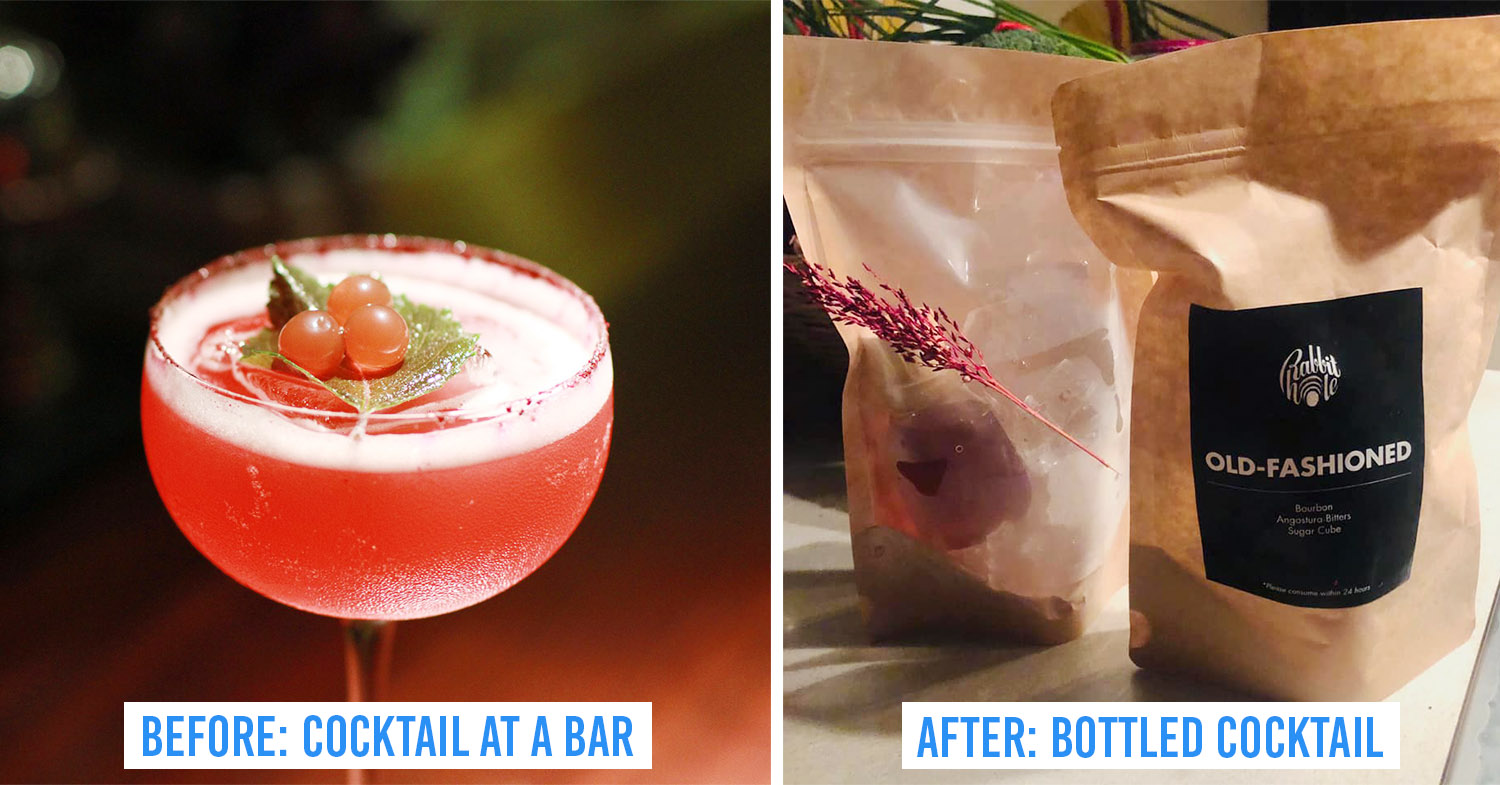 Image adapted from: Rabbit Hole and Luc Mandret
Image adapted from: Rabbit Hole and Luc Mandret
For bar-hoppers, cocktails are more than just a drink. Checking in at a quiet and chic bar dipped in muted lighting for a fancy drink is a way to unwind after a stressful day at work.
However, with all nightlife venues closed down until further notice, drink lovers have no choice but to make their own cocktails or order bottled cocktail delivery.
If you’re in Saigon and craving for a cocktail fix, you can order bottled cocktail delivery from Rabbit Hole. Its selection runs the gamut from hotel nacional that is big on tropical flavors, to chrysanthemum with a light and herbal touch.
12. Religious service

Image adapted from: Tổng Giáo Phận Sài Gòn
With social distancing measures imposed all over the country, many church-goers’ Sunday services have been obstructed.
However, Sunday service is still available online, with many local churches live streaming their worshipping services. If you are attending a local church, you can check out their social media pages ,like Facebook, or website to keep abreast with the planned services.
Changes in our ways of life before and after COVID-19
Because of the sweeping effect of the coronavirus, our daily lives came to an abrupt halt, followed by drastic changes which all of us have had to adapt to so as to keep ourselves safe.
While social distancing measures are starting to be lifted, many establishments are still not allowed to re-open.
Instead of letting the pandemic disrupt our lives, we can make the most of our dire straits by learning some new skills, spending more time bonding with your loved ones, and getting plenty of rest.
Also check out:
- Vietnam relaxes nationwide social distancing order
- 14-Day fundraising campaign has helped thousands of Saigon lottery sellers
- Vietnam Grabbiker rescued passenger from committing suicide
Cover image adapted from: virna_31186 and The Smart Local Vietnam
Enjoying The Smart Local Vietnam? Follow us on Facebook and LinkedIn for more stories like this.

Drop us your email so you won't miss the latest news.


